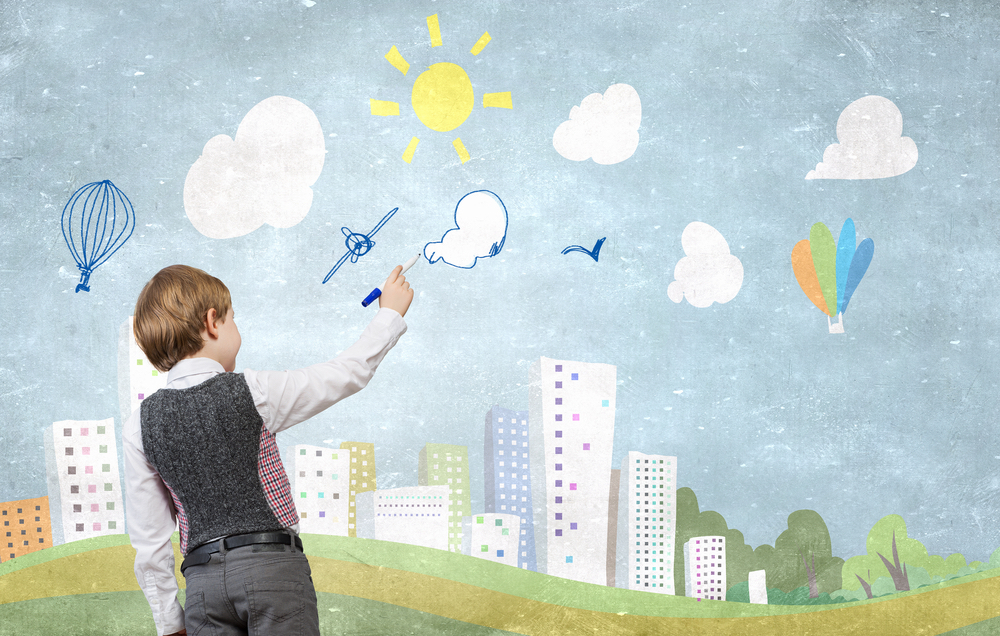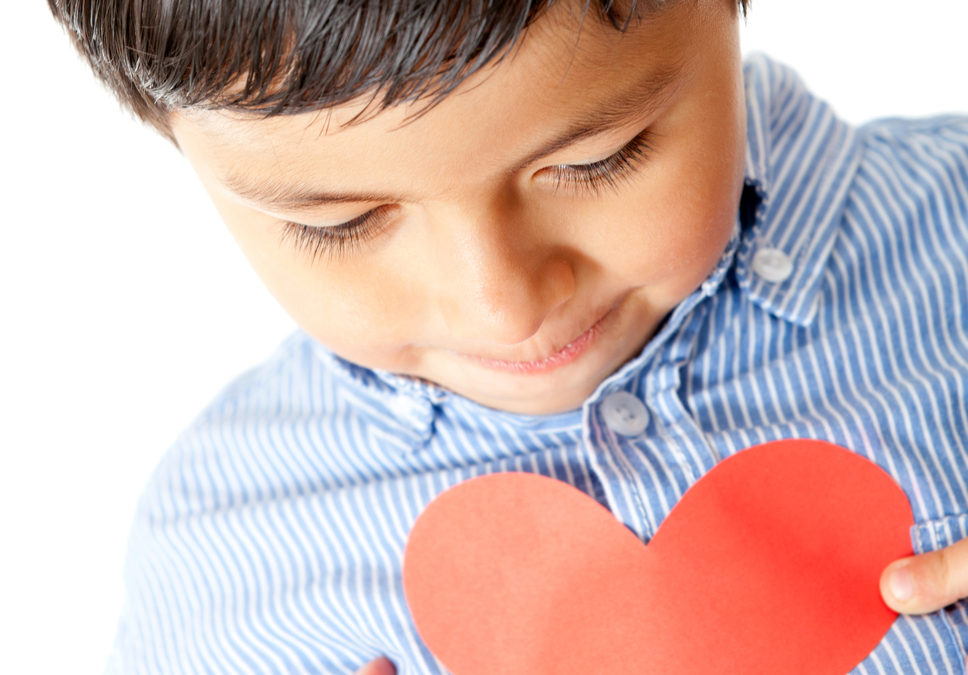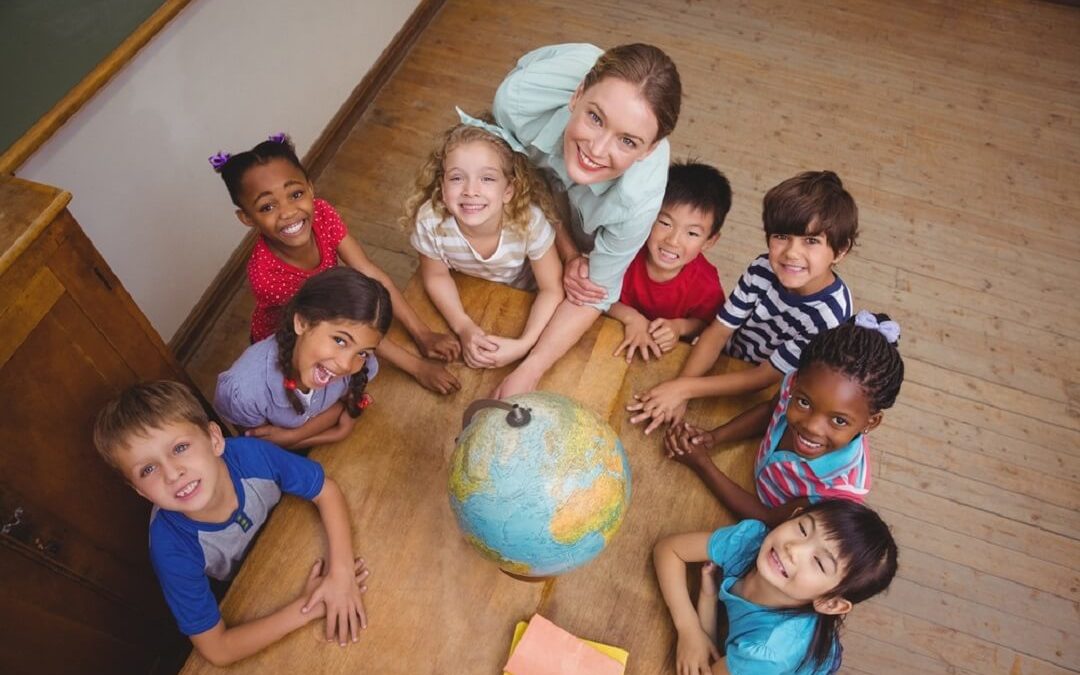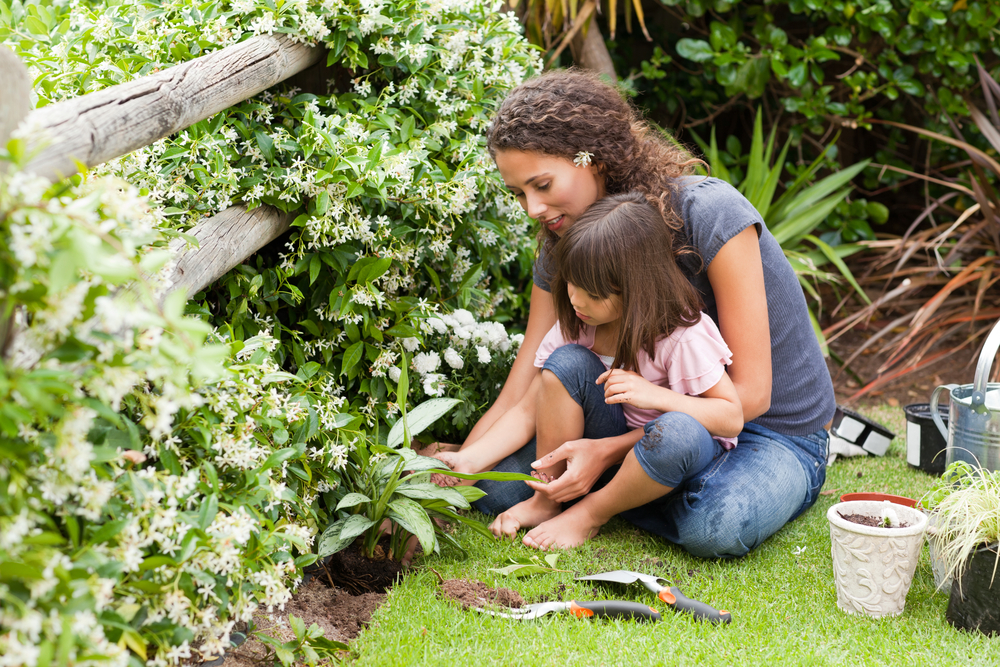
How Movement Enhances Resilience and Wellness
In light of the shift to remote learning for many schools, you may be wondering how you can apply Social and Emotional Learning (SEL) from afar. CASEL, the world’s leading organization in promoting integrated academic, social, and emotional learning identified five main competencies to evaluate when taking on an SEL-based curriculum:
- Self-Awareness
- Self-Management
- Responsible Decision-Making
- Social Awareness
- Relationship Skills
At Walkabouts, we are following the research and have developed active learning activities and Walksheets that will encourage children to enhance SEL skills and grow in the following areas, all of which can be applied in a distance-learning environment.
SELF-AWARENESS
Self-awareness is the ability to accurately recognize your own emotions, thoughts, and values and how they influence behavior. This skill asks people to take stock of their strengths and weaknesses. Ideally, this means that people can acknowledge areas that could use improvement without having that knowledge take away from their intrinsic sense of worth.
Movement is a key factor in helping children understand their sense of self in relation to the physical world around them. In a previous blog post on movement, we discussed how different types of activity are vital in order to fully develop a child’s vestibular sense.
Without a fully developed vestibular sense, children are more likely to fall out of chairs, fidget, play too rough with other children, and have difficulty focusing in the classroom, just to name a few social and emotional challenges they might face.
When children participate in active learning and movement, they become more capable of relating to the physical environment around them and understanding how they are part of that environment.
SELF-MANAGEMENT
Self-management continues the idea of self-awareness. Not only should people be able to recognize their own thoughts, values, and emotions, but they should also successfully manage them in order to maturely handle a variety of situations. For example, this skill will help people manage stress, control impulses, and motivate them to learn or complete a project.
Understanding potential positive physical alternatives to manage negative emotions can be a powerful tool in students’ self-management. Active learning can also help. For example, anger management strategies might include taking 10 deep breaths or physically removing yourself from the situation to calm down. To help manage stress, running in place or doing jumping jacks can release pent-up energy caused by stress.
SOCIAL AWARENESS
Understanding thoughts, feelings, and abilities can aid people in their awareness of others’ thoughts, feelings, and values. Social awareness is the ability to understand social and ethical norms for behavior and to recognize family, school, and community resources and supports. It also involves the ability to take the perspective of and empathize with others.
One school in Chicago, IL, uses technology to promote positive social interaction via the power of positivity. They created a Google form that students fill out to compliment their peers with Tweets. A student types the compliment, and the school administration approves it. After it is approved, the Tweet goes live with the hashtag #TMSCompliments. The school has several displays that show this Twitter feed so everyone in the school can read the compliments. This type of public recognition and confirmation has boosted the positivity levels of students and fosters a collaborative and upbeat school environment. While schools are closed due to COVID-19 and teachers are providing remote learning opportunities for students, this could be a valuable way for students and teachers to express their gratitude for each other.
Physical activity including team sports can also help people develop critical social skills. Not only does physical activity increase a person’s self-esteem and sense of worth, but it can also teach teamwork. Team sports such as soccer and volleyball require communication and empathy, encouraging teammates to support each other even after a missed opportunity and congratulate each other in victory. During this time of social distancing, teams may wish to complete core workouts together via software such as Facetime or Zoom or share photos of themselves practicing at home to their team’s Instagram account.
Once they are back in the classroom together, teachers can focus on teamwork with collaborative active learning opportunities. Students can work together to physically achieve a task. This will not only increase students’ sense of self-worth but will also help students support and communicate effectively with others.
SEL IN THE ELEMENTARY CLASSROOM
Suzannah Evans, a blended building leader and first grade teacher in the St. Vrain Valley School District in Colorado shares how she uses active learning and movement to support SEL in her classroom.
As a first grade teacher with a classroom of high-energy students, I use and incorporate active learning and physical movement to enhance my teaching, rather than trying to “quash” movement in the classroom. At the beginning of each year, I speak to students transparently about the science behind physical activity and learning, and show them the image of a resting brain versus an active brain in order to create more self-awareness in them as learners.
The Zones is a systematic, cognitive behavioral approach used to teach self-regulation by categorizing the ways we feel and states of alertness we experience into four concrete colored zones. The Zones framework provides strategies to teach students to become more aware of and independent in controlling their emotions and impulses, managing their sensory needs, and improving their ability to solve conflicts.
In order for our class to be a safe place to learn and grow, I believe helping students understand themselves as learners and individuals is the key to success, both emotionally and academically. When we all use the same language in terms of “what zone we’re experiencing,” then empathy is higher and self-regulation is more possible and consistent. Understanding that we actually need to move often is part of that self-regulation, as opposed to considering movement a deterrent to learning.
We frequently incorporate a variety of high activity, quick movement breaks, and calm-down activities such as yoga or deep breathing as we get ready to learn, transition between structured learning, and even during testing. If you come into our classroom during testing periods, students may be seated on yoga balls or bean bag chairs, standing at tables, or periodically stretching. They know they have permission to “take care of their needs” in order to be successful learners.
As I have addressed the need for movement in the classroom over the last 15 years, the unintended and beneficial consequence has been an increased self-awareness in my students and the confidence to advocate for themselves as individuals. The why behind physical activity in the classroom doesn’t have to be a teacher secret; transparency and understanding are just as helpful for your students!





